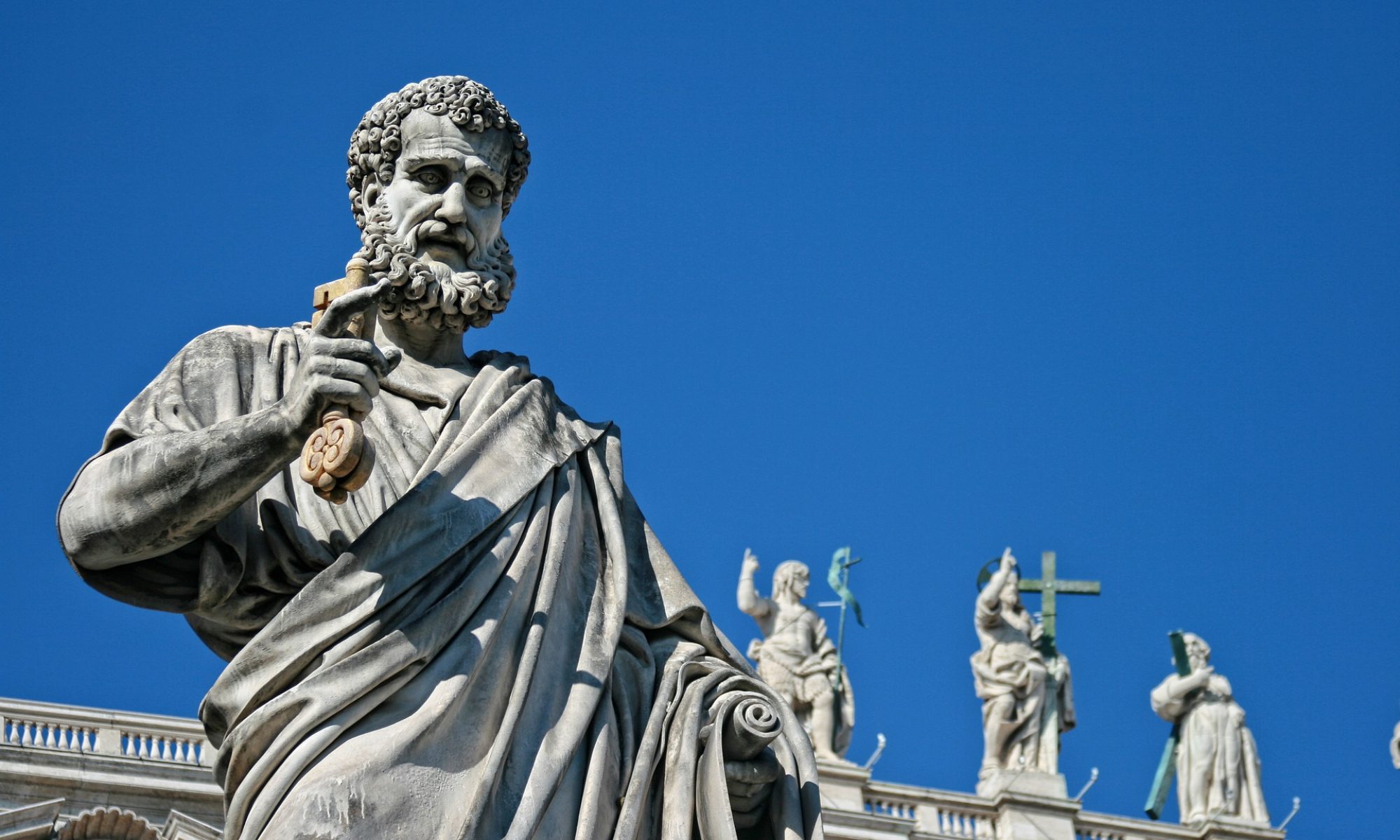March 10th, 2013
One year ago (March 13th) Cardinal Bergoglio was elected as pope Francis. Different evaluations of the first year are mushrooming everywhere in the form of books and editorials. They suggest various interpretations of what the Pope has been doing, saying and implementing thus far. As his first anniversary approaches several questions seem appropriate to ask, and all of them assume that something significant has been happening. What has been the “Francis effect” on the church? The simplest answer is that he is envisaging a different kind of catholicity.
Roman Catholic Catholicity
In the Roman Catholic understanding catholicity has to do simultaneously with unity and totality. The basic premise is that multiplicity should be brought into a unity. The Church is seen as an expression, a guarantor and a promoter of true unity between God and humanity and within humanity itself. In Vatican II terms, the Church is a “sacrament of unity”. As long as the institutional structure which preserves this unity remains intact (i.e. the Roman element), everything can and must find its home somewhere within its realm (i.e. the catholic element).
The catholic mindset is characterized by an attitude of overall openness without losing touch with its Roman center. It is inherently dynamic and comprehensive, capable of holding together doctrines, ideas and practices that in other Christian traditions are thought of as being mutually exclusive. By way of its inclusive et-et (both-and) epistemology, in a catholic system two apparently contradicting elements can be reconciled into a synthesis which entail both. In principle, the system is wide enough to welcome everything and everyone. The defining term is not the Word of God written (sola Scriptura) but the Roman Church itself. From a catholic point of view then, affirming something does not necessarily mean denying something else, but simply means enlarging one’s own perspective of the whole truth. In this respect, what is perceived as being important is the integration of the part into the catholic whole by way of relating the thing newly affirmed with what is already existing.
Catholicity allows doctrinal development without a radical breach from the past and also allows different kinds of catholicity to co-exist. Each Pope has his own catholicity project. John Paul II pushed for the church to become a global player, thus expanding the geographical catholicity and its profile with the media. Benedict XVI tried to define catholicity in terms of its adherence to universal “reason”, thus trying to reconnect the chasm between faith and reason that Western Enlightenment had introduced. These catholicity projects are not mutually exclusive, but they all contribute to the overall dynamic catholicity of the Church. They were all organically related to the Roman element that safeguards the continuity of the system.
Mapping Francis’ Catholicity
After one year of his pontificate it is becoming apparent what kind of catholicity Francis has in mind. He wants to build on John Paul II’s global catholicity while shifting emphases from Wojtyła’s doctrinal rigidity to more inclusive patterns. He pays lip service to Ratzinger’s rational catholicity, but wants to move the agenda from Western ideological battles to “human” issues which find appeal across the global spectrum. If Ratzinger wanted to mark the difference between the Church and the world, Francis tries to make them overlap. In shaping the new catholicity he seems closer to the “pastoral” tone of John XXIII, who will be canonized (i.e. declared a “saint”) next April. So there is continuity and development. This is the gist of catholicity.
Francis has little time for “non-negotiable” truths, and gives more attention to the variety of people’s conscience. He is more interested in warmth than light, more in empathy than judgment. He focuses on attitude rather than identity, and on embracing rather than teaching. He underlines the relational over the doctrinal. For him proximity is more important than integrity. Belonging together has priority over believing differently. Reaching out to people comes before calling them back. Of course all these marks are not pitted against each other, but their relationship is worked out within a new balance whereby the first one determines the overall orientation. Roman catholicity works this way: never abandoning the past, always enlarging the synthesis by repositioning the elements around the Roman center.
Francis calls this catholicity “mission”. The word is familiar and intriguing for Bible-believing Christians, yet one needs to understand what he means by it beyond what it appears to mean on the surface.
